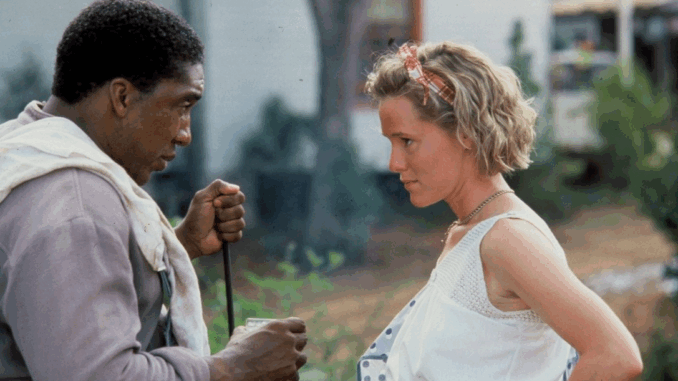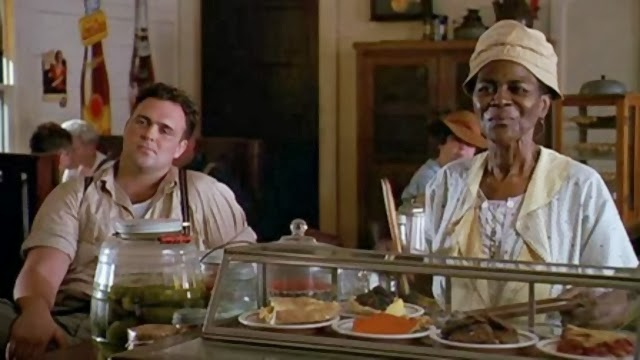
While Fried Green Tomatoes is beloved for its powerful female friendships and Southern charm, it also operates on a rich layer of visual and thematic symbolism. Among the most subtle, yet emotionally resonant images in the film is the bridge — a literal and metaphorical threshold that characters must cross in moments of transformation, fear, and defiance.
Though only shown briefly, the bridge encapsulates one of the film’s deepest themes: what it means to let go of fear and embrace change.
Idgie and Ruth: The Bridge as a Test of Courage
One of the earliest symbolic uses of the bridge appears when young Idgie refuses to cross. Her brother Buddy has just died tragically, and she is emotionally lost, disconnected, and angry. The bridge becomes a marker of that internal barrier — her grief made visible.
Later in the film, it is Ruth who coaxes Idgie to cross the bridge again. This time, it isn’t just about getting to the other side. It’s about reclaiming the part of herself that shut down after trauma. Ruth’s gentle encouragement and patience mark one of the most touching moments in their relationship: love asking someone to try again, to take a step forward.
When Idgie finally crosses, the bridge is no longer just wood and steel. It is a rite of passage. She is walking back into connection, back into life.
Evelyn’s Invisible Bridge

Though Evelyn never physically stands on that same bridge, her entire arc mirrors the emotional crossing. At the beginning of the film, she is tentative, lost in routines, crushed under the weight of cultural expectations of femininity and age.
Her friendship with Ninny — and the stories of Idgie and Ruth — become the metaphoric structure she must walk across. Each time she listens, each time she acts on her anger (like ramming the VW Bug in the Winn-Dixie parking lot), she takes another step.
By the end, Evelyn has crossed her own bridge. She reclaims her voice, her agency, and her sense of identity. She hasn’t just changed — she’s transformed.
Bridges and the Southern Gothic Landscape
Set in the American South, Fried Green Tomatoes carries the visual tone of a Southern Gothic story — decaying buildings, lush vegetation, whispers of death and secrets. The bridge stands in contrast: it’s manmade, exposed, and transitional.
It connects two spaces — the known and the unknown, the past and the future. For Idgie and Ruth, it also divides the world of Whistle Stop (freedom, community) and the oppressive domestic life Ruth endures with Frank Bennett.
Crossing the bridge means choosing freedom over fear, risking everything for love, and moving toward a life not defined by social convention.
Symbolism That Lingers
By the time the film ends, we don’t return to the bridge, but it remains in our mind — as a quiet threshold every character had to face in some form.
Whether it’s Idgie facing her grief, Ruth leaving her abusive marriage, or Evelyn shedding her passivity, the bridge is the line between who they were and who they are brave enough to become.
We All Have a Bridge
Fried Green Tomatoes suggests that life inevitably brings us to bridges — moments when we must decide whether to stay in the safety of what we know, or step into something new. It’s rarely easy. But as the film shows, with love, memory, and a little Southern grit, we can find the strength to cross.
